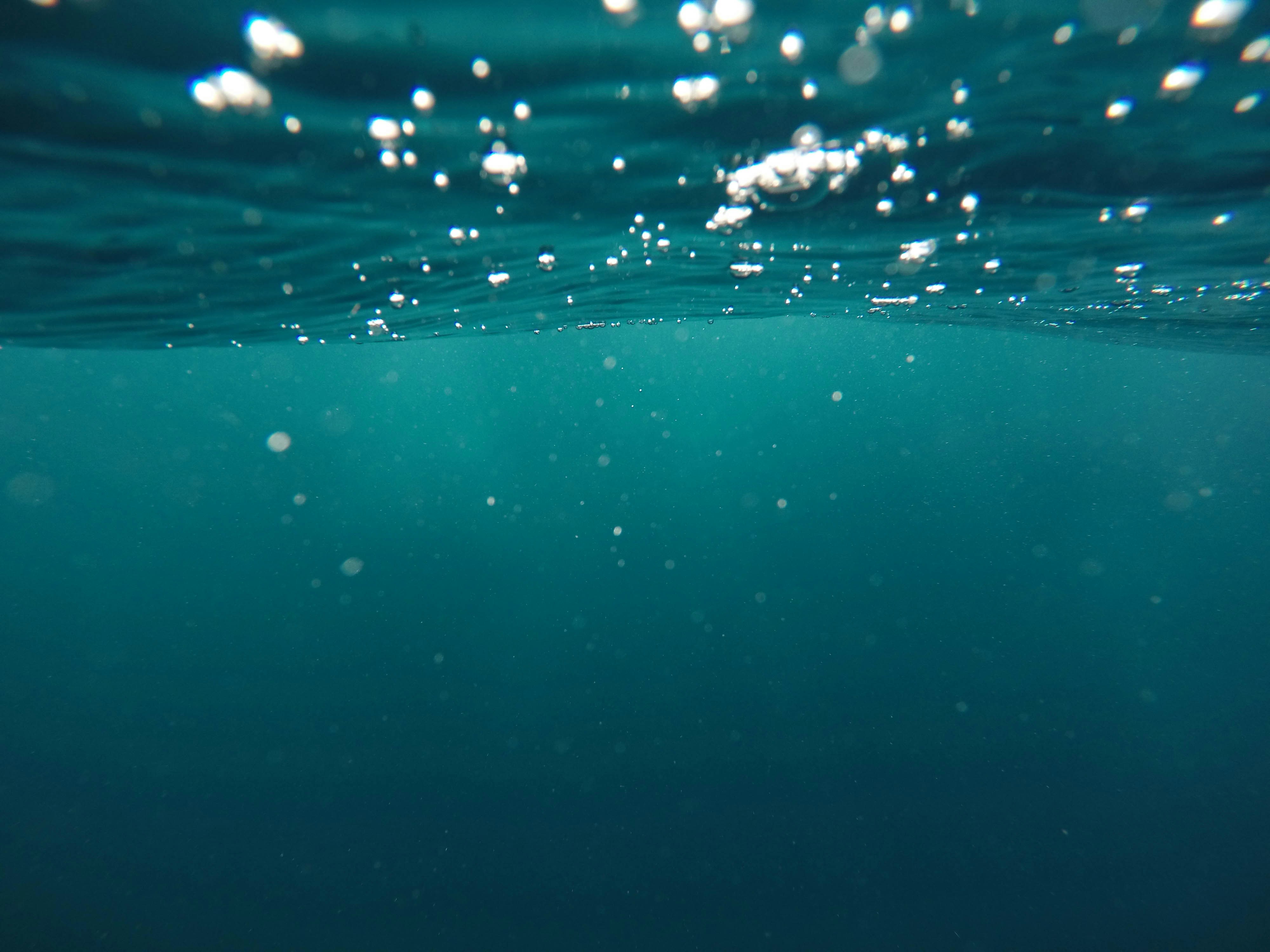Des métaphores vivantes pour bleuir les imaginaires
Abstract
La mer, traditionnellement perçue à travers une lentille métaphorique riche en mythes et symboles, est désormais recontextualisée par les chercheurs des humanités bleues. Ces derniers soulignent la nécessité de reconnaître sa matérialité physique et biologique en tant que berceau de la vie plurispécifique. L’idéal obsolète d’une mer infinie et pure a participé à des pratiques destructrices telles que la surpêche et l’utilisation des océans comme décharges mondiales. Le tournant bleu propose donc de réévaluer nos représentations maritimes pour mieux préserver les écosystèmes. Cet article explore les débats actuels sur les métaphores dans les humanités écologiques et examine les métaphores marines dans Héliosphéra de Wilfried N’Sondé. L’article met en lumière la pertinence de mettre en regard le concept de « métaphore vive » (1975) de Paul Ricœur et celui de « métaphore vivante » (2022) de Serpil Oppermann, offrant ainsi une nouvelle perspective sur l’interaction entre langage et matérialité marine.




